IMSA - New Mustang GT3 Champion Spirit livery is an ode to past Ford racers
A textbook definition of a livery is an identifying design or insignia that denotes affiliation often found on people or vehicles. For me, the term immediately recalls some of the great racing patterns found on iconic Ford cars over time. I bet that if you are like me, you have already recalled some of your favorite racing patterns or even a driver’s number.
To celebrate some of the most significant Mustang sports car racers over the last 60 years, Ford Performance is unveiling the new Mustang GT3 IMSA factory race cars, adorned with the prestigious Champion Spirit Livery, a blending of art car with historic liveries. The concept is to take a few of the most significant Mustang sports car racers and create a unique new livery that celebrates their colors and design elements, creating a unique and powerful visual representation of what Mustang has accomplished in sports car racing since 1964 With a list of great liveries that goes many pages long, it was difficult to narrow it down to just these seven.
When I first saw the finished version with the various liveries I was immediately struck by the rich heritage and champions spirit that has always been a factor in Mustang racing. From the first international success at the Tour de France in 1964, a few short months after the Mustang was introduced to the world, or the instantly recognizable Motorcraft livery from 1985, where Mustang dominated the IMSA GTO class, this livery contains some of the most significant Mustang patterns over time.
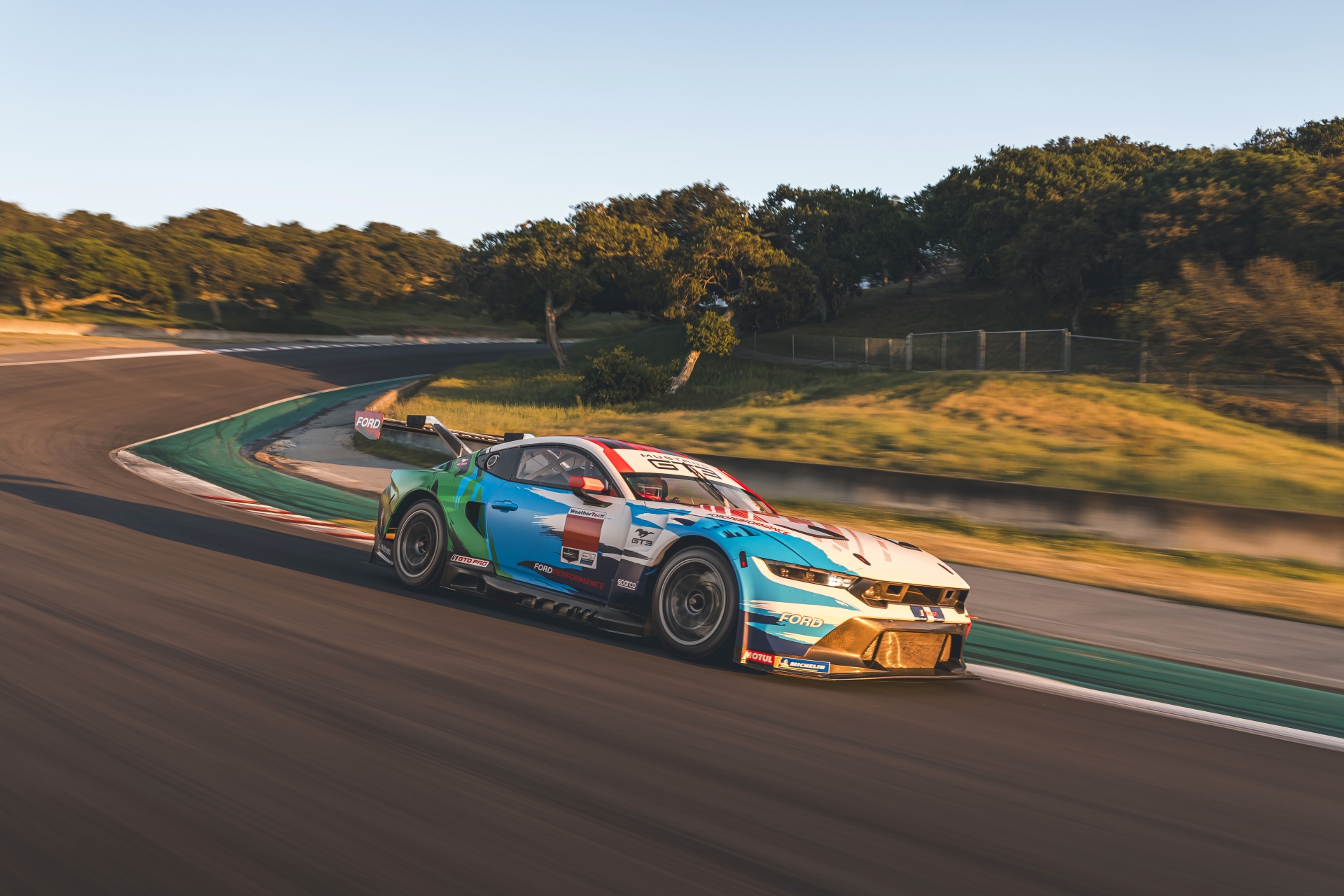
With an extensive list to choose from, the designers took an artistic approach to incorporate the different patterns to make a new design that pays homage to Mustang racing history but also offers a view to the true power of the Mustang GT3. Each historic livery depicted is “battle-worn” and layered into the Mustang GT3, signifying that it is embedded in the spirit of Mustang, as each significant race win, each championship, has pushed Mustang further, and we intend for this Champion Spirit to help propel Mustang to its next victory.
Both factory IMSA GTD PRO Mustang GT3s racing under the Ford Multimatic Motorsports banner will debut in the Champion Spirit livery starting at WeatherTech Raceway Laguna Seca (May 10-12) before heading to their ‘home race’ at the Detroit Grand Prix (May 31-June 1) where they will continue wear this special livery, prior to returning to the traditional full-season livery at Watkins Glen (June 20-23).
1964 Tour de France Mustangs:
Only five months after its debut, Mustangs prepared by Alan Mann Racing were able to snap Jaguar’s five-year run of victories in touring-class races by finishing first and second in the grueling Tour de France championship series—a ten-day, 3,500 mile, eight-race, eight-hill climb event. The two Mustangs that finished were part of only 19 entrants to finish out of the 56 entries to start. The Mustangs captured nine trophies at some of the most famous European tracks—Le Mans, Reims, Rouen, and Monza. The winning Mustang was driven by Peter Proctor and Andrew Gowan.
1965 SCCA B Production Mustang GT350:

In 1964, Ford was beginning an all-out assault on its Total Performance campaign while ramping up its racing presence. It became clear quickly that the SCCA was not willing to bend to Ford Motor Company’s will and allow Mustang to simply drop into the series. So, Ford turned to one of its racing partners and asked Shelby American to work with the SCCA and figure out how to homologate the Mustang. With several upgrades to the Mustang fastback, including suspension, brakes, a rear seat delete, and the use of the K-Code 289 HI-PO V8, the GT350 was born. Jerry Titus took the GT350 and swept the 1965 SCCA B-Production championship and won three championships in a row.
1966 Shelby American Mustang:
1966 was the inaugural SCCA Trans-Am Series season. Tom Yeager and Bob Johnson won the second race of the season at the Mid-America 300 for Mustang’s first Trans-Am victory as well as the fourth race in Virginia. Mustang went on to win four of the seven races that season, with victories for John McComb and Brad Booker at Texas and Jerry Titus at the Riverside 4-hour race, to win the championship in the inaugural season.
1970 Mustang Boss 302:
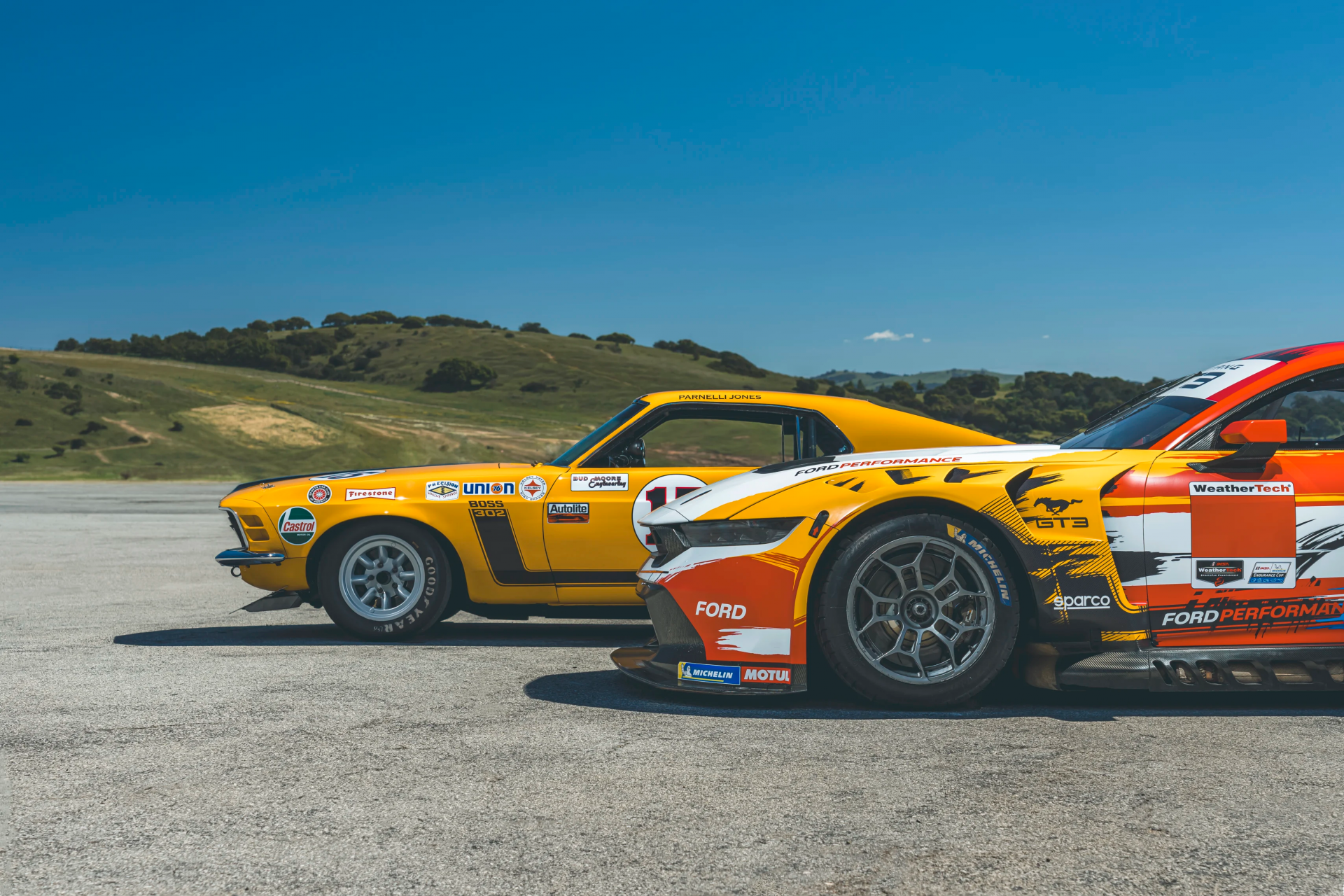
For the 1970 SCCA Trans-Am season, the Bud Moore team with drivers Parnelli Jones and George Follmer dominated the over 2-litre sedan series by winning six races for the manufacturer’s title, as Jones took the driver’s championship in the Boss 302 Mustang.
1981 IMSA GTX Mustang:
1981 saw Ford Motor Company’s resurgent racing program and in sports car that was seen with the Zakspeed #6 turbocharged Miller Mustang driven by Klaus Ludwig. With a strong finish in its first race, falling a 10th of a second short, the Mustang finally broke through at Brainerd International Speedway and again at Sears Point in the GTX class. With that, Ford’s new sports car racing program was off and running.
1985 Roush IMSA Mustang:
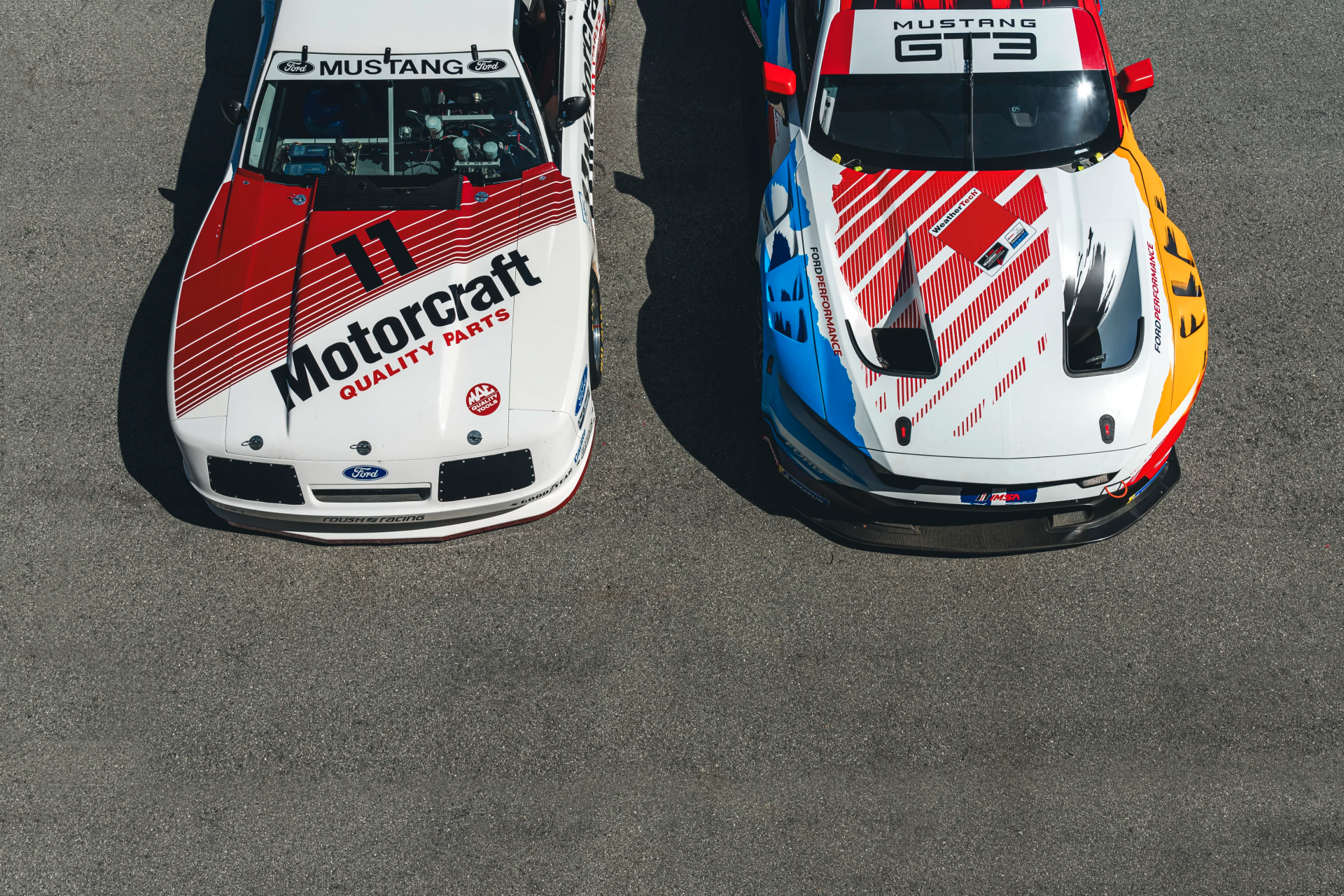
The Roush Mustang GTO finished the 1984 IMSA season finally at Daytona with a win by Willie T. Ribbs and Wally Dallenbach Jr., which telegraphed the season to come in 1985. That season Mustang went on to win nine IMSA races and John Jones took home the driver’s championship, while Lynn St. James took three of those victories to become the first woman to win in the series and helped Ford take the manufacturer’s championship.
1987 Roush IMSA Mustang:
At the 1987 Daytona 24 hours race, the #11 Roush Mustang driven by Tom Gloy, Bill Elliot, Lynn St. James, and Scott Pruett drove to 1st place in the GTO class.
1997 Mustang Cobra Trans-Am:
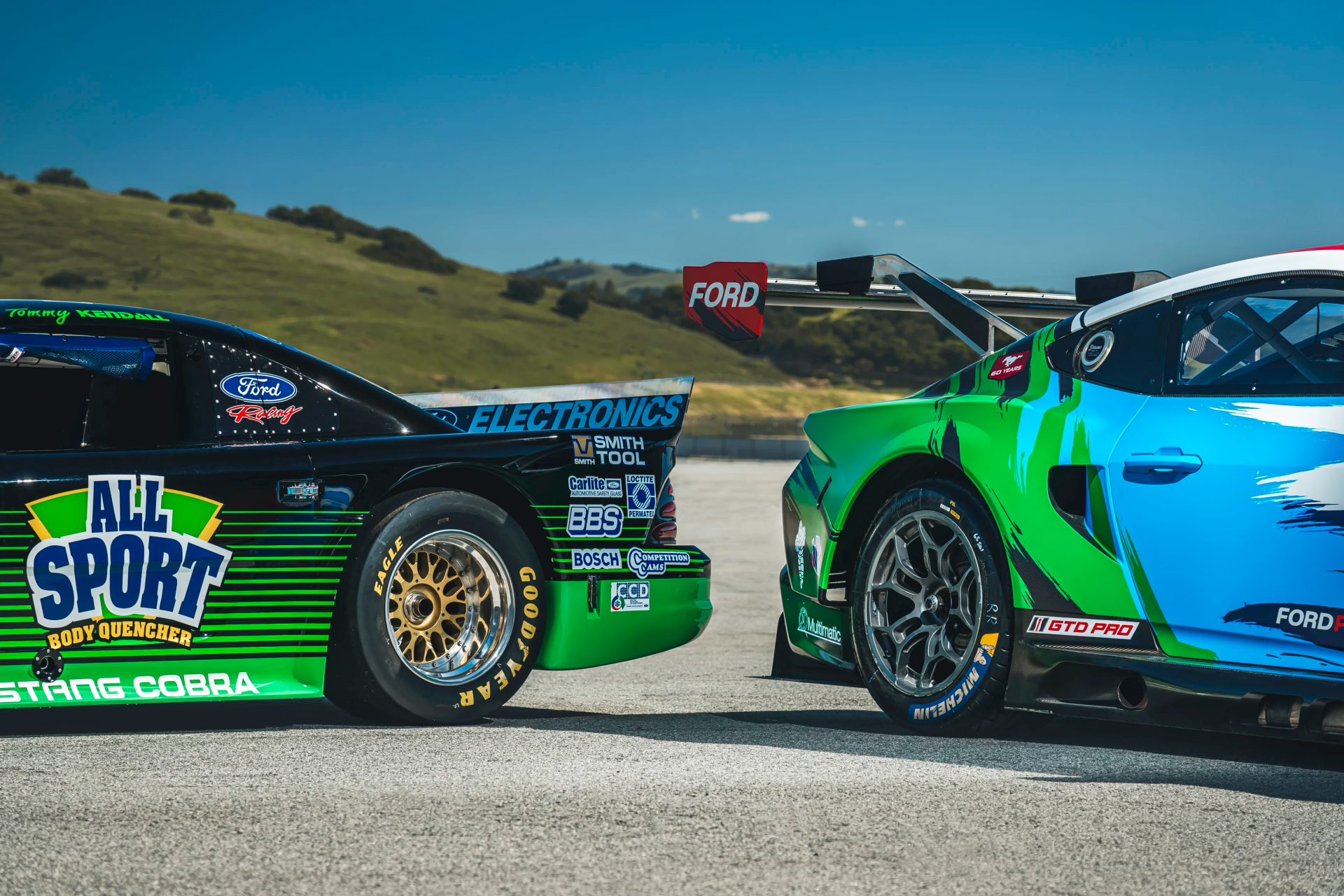
The 1997 SCCA Trans-Am season was a clean sweep for Ford Mustang. Tommy Kendall drove his Roush All Sport Mustang Cobra to 11 consecutive victories, while Mike Borkowski claimed victory in the final two races of the season. Kendall finished as the driver’s champion in the third straight season and Mustang as the clear champion.


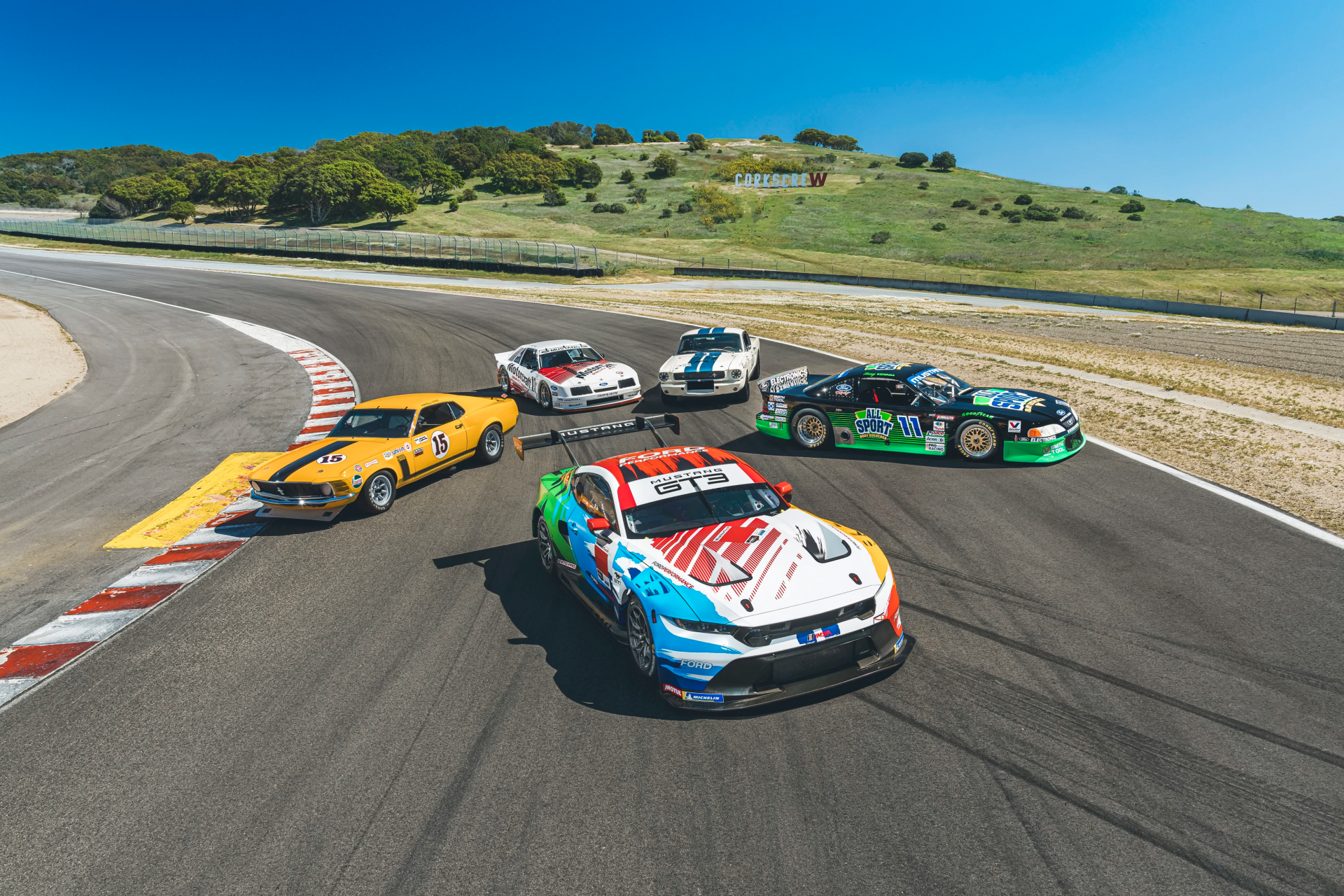
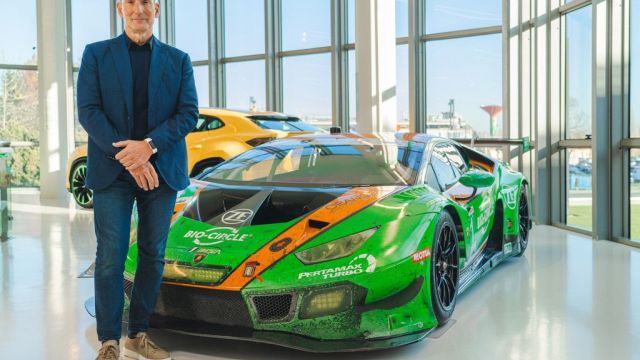
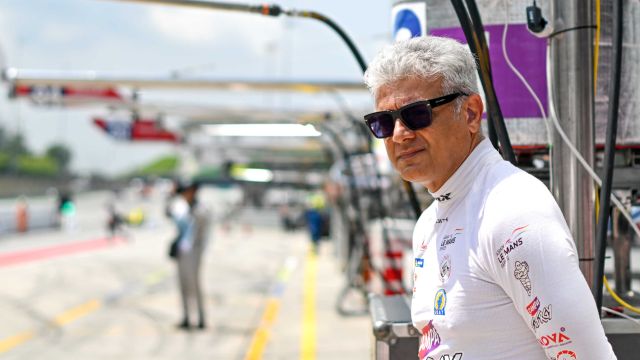
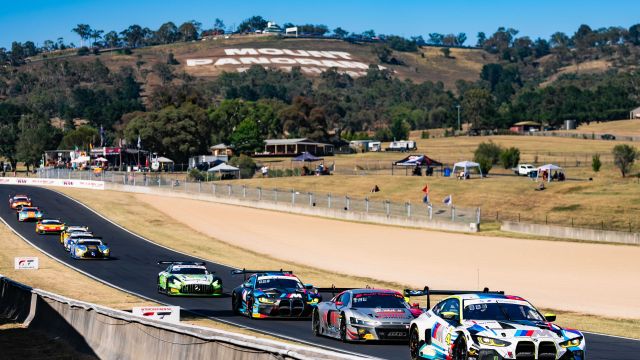
Comments
Log in to comment the article